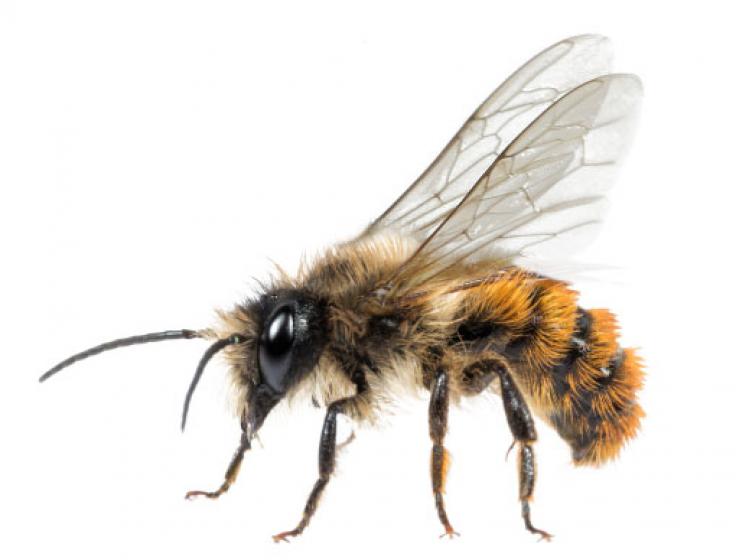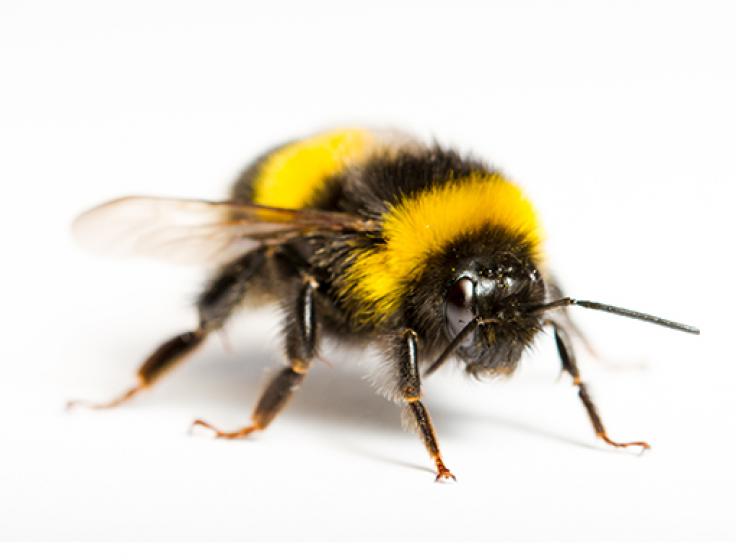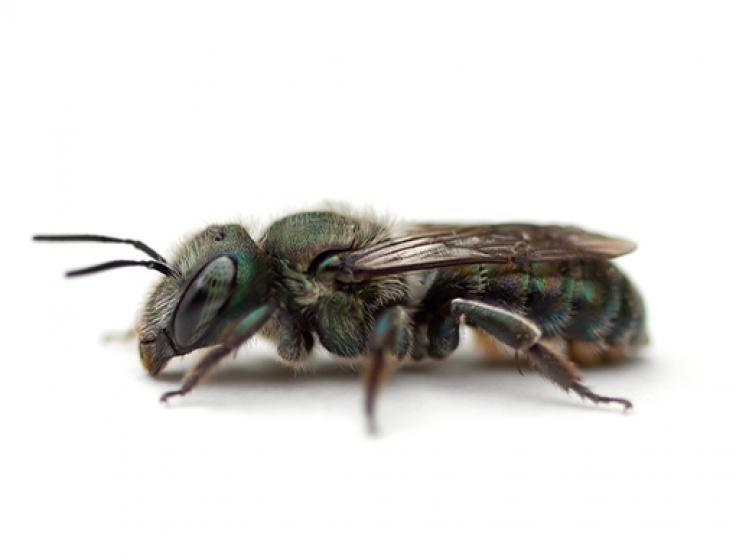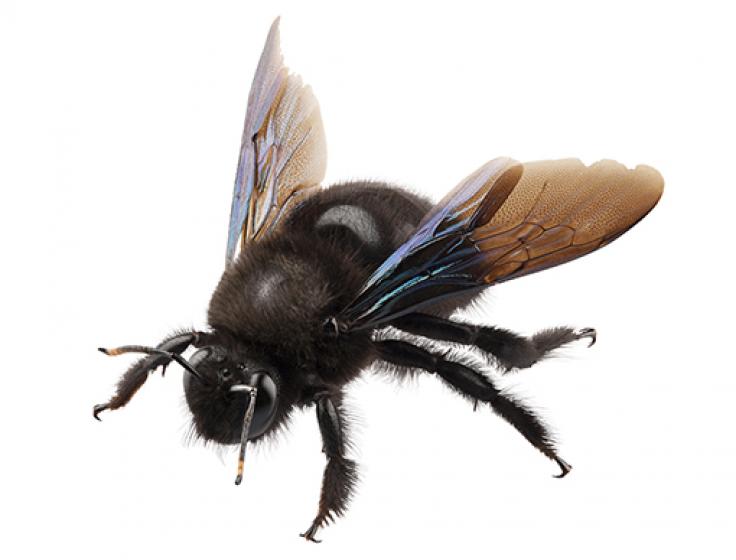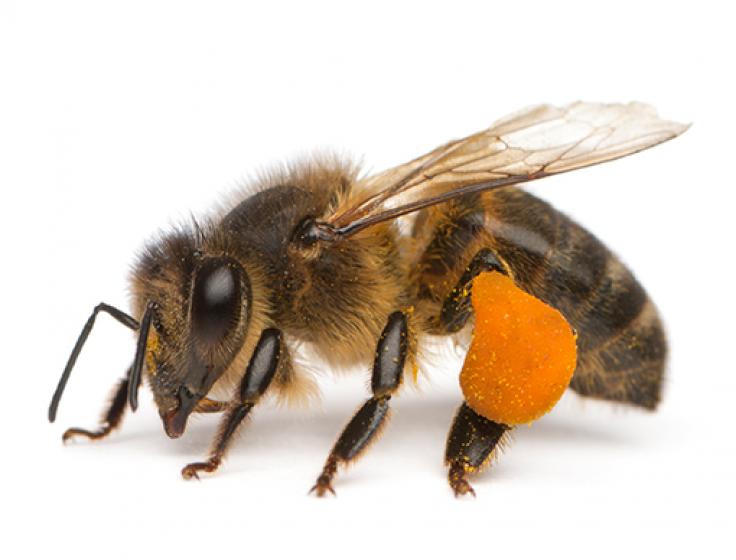National Pollinator Week is almost here! McDonald Garden Center, along with the rest of America, will be celebrating this week-long event. This week is dedicated to the conservation and education of our favorite friendly fliers.
The past two weeks in June, we have had a “Pollinator of the Week” blog on the amazing pollinators we know and love.
For our blog on Birds, Bats, and Beneficial Bugs, click here.
For our blog on Butterflies click here.
But, we have saved the absolute best for last...Bees! The #1 most important pollinator in the world. Bees are insects that are specifically designed to pollinate. There are all kinds of species around the world that pollinate the majority of the food crops that we eat. This makes them essential to us and our everyday lives.
What’s the Buzz?
Identifying bees can be a really interesting and intriguing task. The more we learn about these creatures, the more we can discover about the world around us and the food we grow to eat. There are 140 different species of bees that live in the state of Virginia alone. We generally identify bees by the way that they behave. For our Hampton Roads bees, this can be broken down into 5 different bee categories: Mason bees, Bumblebees, Sweat bees, Carpenter bees, and Honey bees.
Mason bees -
Mason bees have their namesake from their habit to build mud walls to protect their eggs. Unlike honeybees where they lay their eggs in a honeycomb as a colony, mason bees are solitary and will find small tube-shaped pieces of wood to lay eggs in. These eggs will emerge in spring as new mason bees and the process will start again. Mason bees also pollinate many of our fruit trees such as apple and plum trees. They are not as poised as some other bee species when it comes to flying into flowers. However, this messy landing is what makes them amazing pollinators, because the pollen gets everywhere.
Bumblebees -
These heavy fliers are one of the most common bees you’ll find in your garden. These bees are big and fuzzy with the iconic black and yellow bee stripes. Bumblebees are also generally bigger than other bee species, which helps them when collecting nectar and pollen. Bumblebees use their tiny wings to “vibrate” the flowers they land on to shake all the pollen off. These little wings are significantly disproportionate to their bodies, however, they still manage to pick their bodies off the ground through a back and forth wing motion. When they buzz back to their colony of 50-200 bumblebees, it will likely be somewhere on or in the ground.
Sweat bees -
Sweat bees earned their common name because of their curious attraction to the salty taste of human sweat. There is no need to fear these bees, as long as you are not bothering them or their nest. Sweat bees are extremely efficient solitary pollinators and are recognizable by their green beetle-like sheen worn by most species in North America. They are known for pollinating some fruit crops and mostly wildflowers.
Carpenter bees -
These gentle, solitary bees like to nest in the holes of trees and other softwood structures much like mason bees. However, carpenter bees will make spaces to nest if they don’t already exist by chewing through the wood to create tunnels almost like a tiny jackhammer. They will then use this remaining sawdust from their home carving to build safe cubbies for their eggs. To eat, carpenter bees prefer vegetable and native plant blooms. Like the bumblebee, carpenter bees can vibrate the flowers to loosen up the pollen.
Honey Bees -
Possibly the most well-known bee out there as the most efficient producer of honey. Honey bees specialize in creating hives out of beeswax and will work as a team to collect enough pollen for the hive to make honey. The queen will exclusively lay larvae (or baby bees) and the drones will cover up the hexagon cubbies that the babies are laid in. The drones also store honey for the hive-like cupboard to survive throughout the cold winter. Honey Bees prefer yellow, white, blue, and purple flowers with large, broad petals to offer a landing. The flavor, color, and texture of honey all depends on which plants the bees gather nectar from. Local honey can even help with problems like pollen allergies.
Bee Kind
It’s fun, easy, and rewarding to be a bee ally. Planting a pollinator garden, providing a water source, using eco-friendly products, growing your own food, and more are all ways to help contribute to restoring the bee population. Start celebrating pollinators by researching and looking into your local pollinator populations. Populations are dependent on where you are in the world, so you may have pollinators that others do not in your area (how exciting!).
For more information on bees and other pollinators, check out our Pollinator Week Handbook here.

